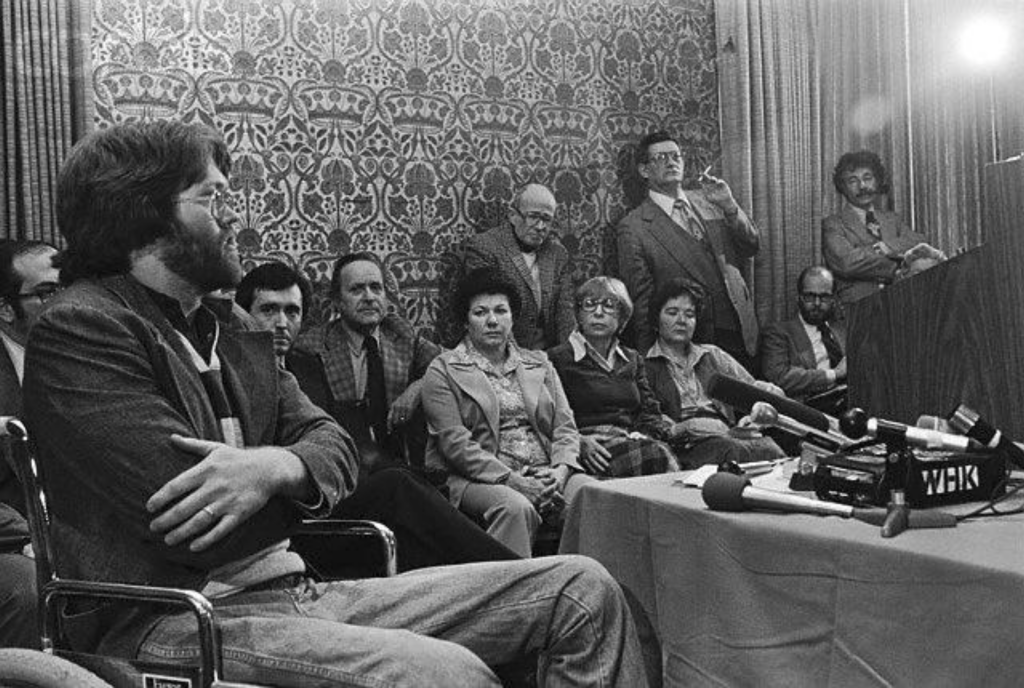by Krause Family Attorney Steve Sindell

The following is a first-person account of Kent State legal proceedings by the Krause family attorney Steve Sindell, who represented the family in court cases including taking the Kent State massacre before the U.S. Supreme Court.
Within two weeks of the Kent State massacre, civil damage actions were initiated in both the state and federal courts in Cleveland, Ohio on behalf of Arthur S. Krause, father of shot and killed student protester Allison Krause, in his legal capacity as the Administrator of his daughter’s estate. All of the other student protesters and families of the wounded and killed, eventually joined these lawsuits.
The Supreme Court of Ohio ruled that the state court civil suits against the State of Ohio were barred by the doctrine of sovereign immunity which protected Ohio from any liability. It originated from the old British doctrine that “the king can do no wrong.”
The federal suit against the Governor, Ohio National Guard Generals, guardsmen and others was initially dismissed by the lower Federal District Court and the U.S. Sixth Circuit Court of Appeals based upon the doctrine of absolute executive immunity with respect to the Governor and an outright disregard for the factual allegations.
That case was accepted by the U.S. Supreme Court which reversed the dismissals of the lower federal courts and returned the case to the federal district court for jury trial. The 1973 Supreme Court decision was an important legal breakthrough permitting civil damages claims against high-level state officials, including Governors, for actions or omissions in their official capacity which violated the constitutional rights of individuals.
The Kent State civil cases were tried before a jury over 16-weeks period in Cleveland, with thousands of exhibits and many witnesses, resulting in a 9-3 verdict in favor of the Defendants in 1975. The verdict was reversed for errors committed by the trial judge and sent back for retrial.
While the lawsuit was being retried, a settlement was reached between the Plaintiffs and the State of Ohio, which agreed to pay $1,000,000 (one million dollars) to settle the suit with all plaintiffs.
A criminal action was brought against several guardsmen in federal court for violating the constitutional rights of the wounded and killed students. However, the case was thrown out of court by the federal judge during the jury trial because the prosecution, according to the judge, failed to present sufficient evidence to warrant a conviction by the jury, which never was given the case to deliberate and decide.
